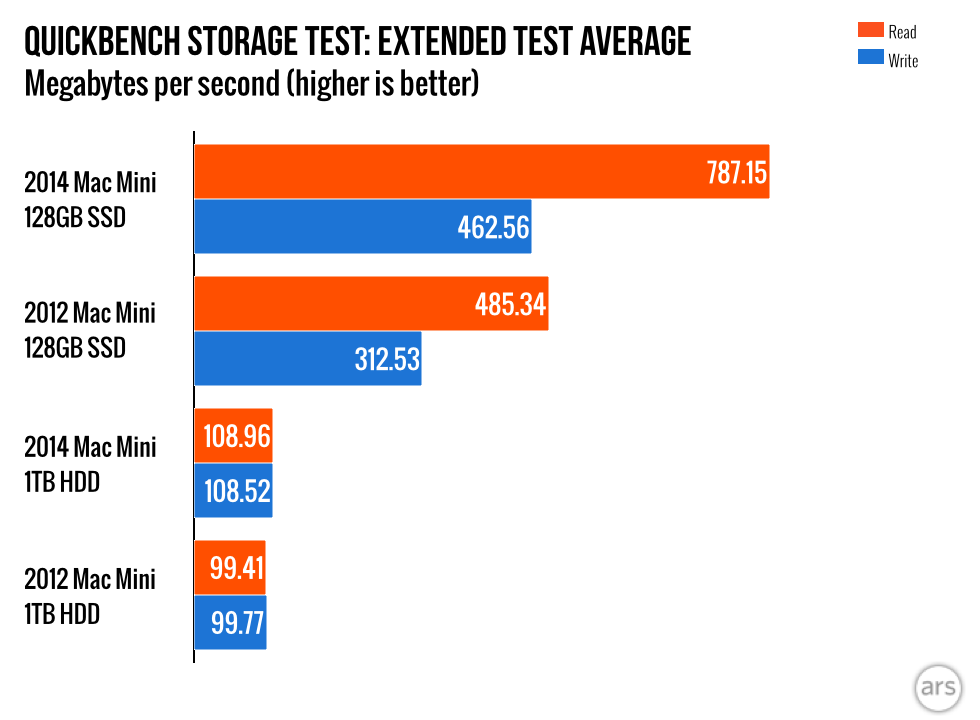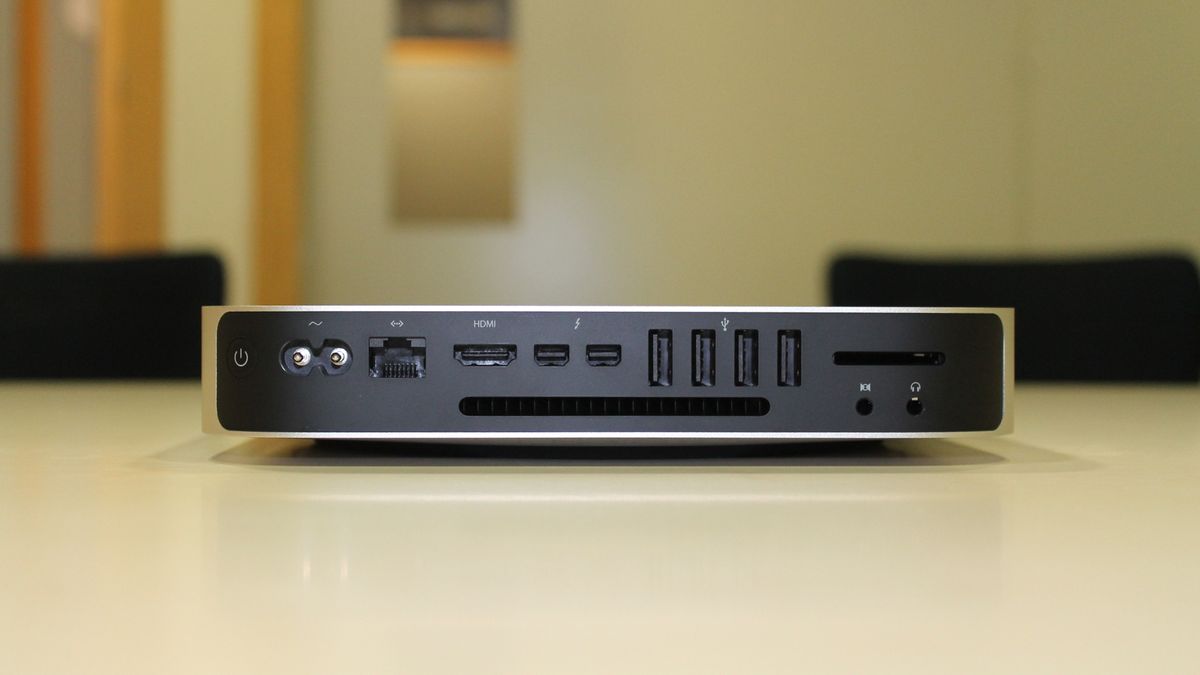
Testing conducted by Apple in October 2020 using pre-production 13‑inch MacBook Pro systems with Apple M1 chip and 16GB of RAM measuring peak single‑thread performance of workloads taken from selected industry‑standard benchmarks, commercial applications and open source applications.Performance tests are conducted using specific computer systems and reflect the approximate performance of Mac mini. Pre‑release Final Cut Pro 10.5 tested using a 55-second clip with 4K Apple ProRes RAW media, at 4096x2160 resolution and 59.94 frames per second, transcoded to Apple ProRes 422. Testing conducted by Apple in October 2020 using pre‑production Mac mini systems with Apple M1 chip, and production 3.6GHz quad‑core Intel Core i3–based Mac mini systems, all configured with 16GB of RAM and 2TB SSD.Performance tests are conducted using specific computer systems and reflect the approximate performance of MacBook Pro. Comparison made against high‑performing CPUs for notebooks and desktops commercially available at the time of testing. Performance per watt refers to the ratio of peak CPU performance to average power consumed using selected industry-standard benchmarks. Testing conducted by Apple in October 2020 using pre‑production 13-inch MacBook Pro systems with Apple M1 chip and 16GB of RAM.For more information, visit /sg_edu_4911/shop. *Available to current and newly accepted university students, as well as teachers and staff at all levels.Have a question? Call a Specialist or chat online. ML accelerators The two dedicated ML accelerators are built for fast matrix multiplication, executing up to 1 trillion operations per second - perfect for low-latency ML tasks that don’t require the massive power of the Neural Engine. The CPU, GPU and Neural Engine are each designed for different types of machine learning workloads - and the ML performance controller distributes ML tasks to the right places to maximise performance. Optimised for machine learning The entire Apple M1 chip is engineered for machine learning.
#Apple mac mini 2012 ports pro#
Neural Engine The dedicated 16-core Neural Engine in the Apple M1 chip can execute up to a staggering 11 trillion operations per second, powering workflows you couldn’t imagine before - like enabling the djay Pro AI app to isolate instrumentals and vocals of any song in real time. And that data is processed on device to protect your privacy - all at lightning speed. Machine learning lets apps build and apply models based on massive amounts of data - to do things like identify friends and family in photos and videos, interpret natural language for dictation, and even analyse audio to recognise laughter, applause and more. The magic of machine learning The machine learning technologies in the Apple M1 chip open up a world of possibilities for Mac apps. These e-cores are the most efficient place to run lightweight tasks, allowing the performance cores to tackle the most demanding workloads. And create stunning images in Adobe Lightroom with unprecedented speed and responsiveness.įour efficiency cores Four efficiency cores deliver outstanding performance for everyday tasks using just a tenth of the power. Record, mix and master professional-quality music in Logic Pro with scores of tracks, plug-ins and virtual instruments. Compile in Xcode in significantly less time. This results in a quantum leap in performance - even while drawing much less power.įour performance cores Our high-performance core is the world’s fastest CPU core when it comes to low‑power silicon 4 - and the Apple M1 chip has four of them combining their efforts for a massive boost in performance. It combines four performance cores and four efficiency cores to deliver the world’s best CPU performance per watt 3 for both single-threaded and multithreaded tasks. So, it maybe you have first connected a USB2.0 device to a port and therefore one of the USB buses, it maybe also that the four sockets are allocated two to each of the two external USB buses and all internal USB devices are allocated to the third USB bus.8-core CPU The 8-core CPU in the Apple M1 chip is the highest-performing CPU we’ve ever built, by far.

The first device you plug in will configure the port, so always connect USB 3-capable hubs or devices first.

How do I get the best performance from the USB 3 ports?Ī.

#Apple mac mini 2012 ports Bluetooth#
Now in one case I can conceive a possible explanation which is that one of the buses may be specifically for internal USB2.0 devices such as the Infra-Red receiver and the Bluetooth interface although on one of my Mac mini's it seems to be showing a USB keyboard on the same bus. What is peculiar is that two of the buses are listed as USB2.0 and one is listed as USB3.0. It is listing three USB buses, this does not mean the Mac mini has only three sockets since a single bus can have multiple sockets sharing the bus. I have just gone to System Report on a Late 2012 Mac mini aka Macmini6,2


 0 kommentar(er)
0 kommentar(er)
